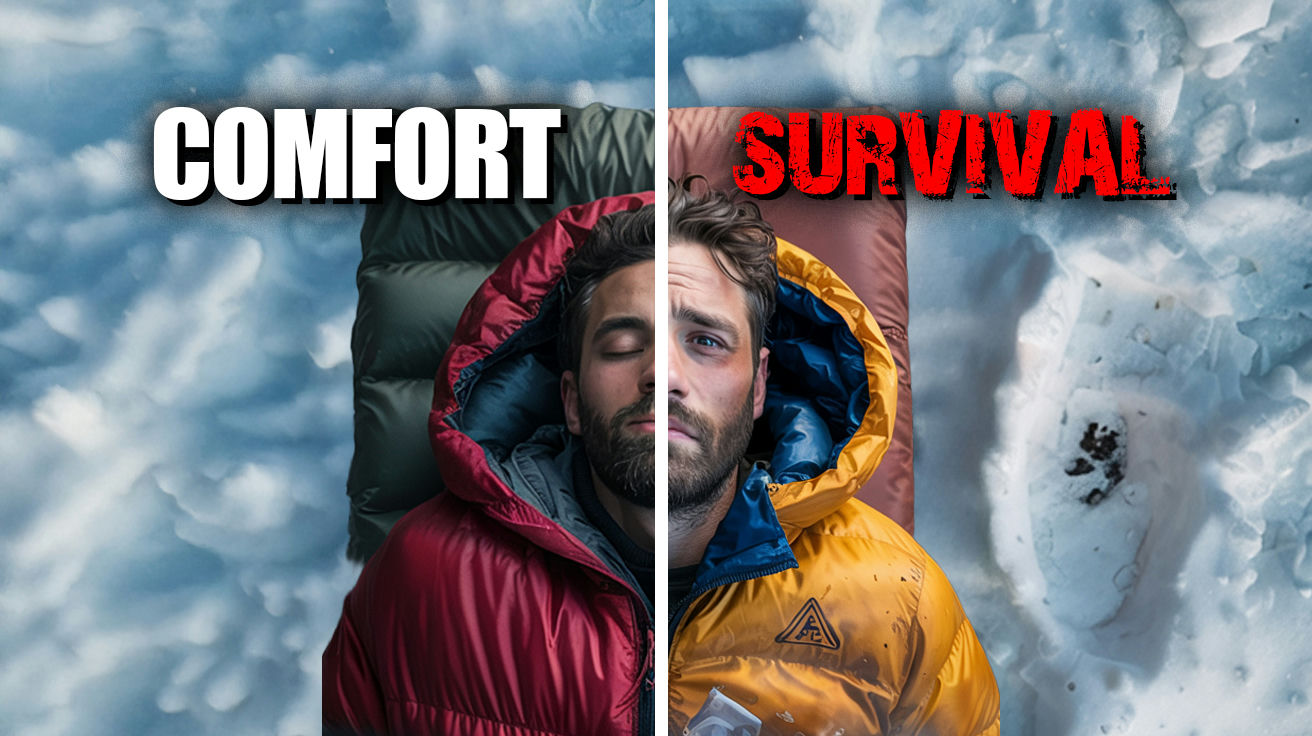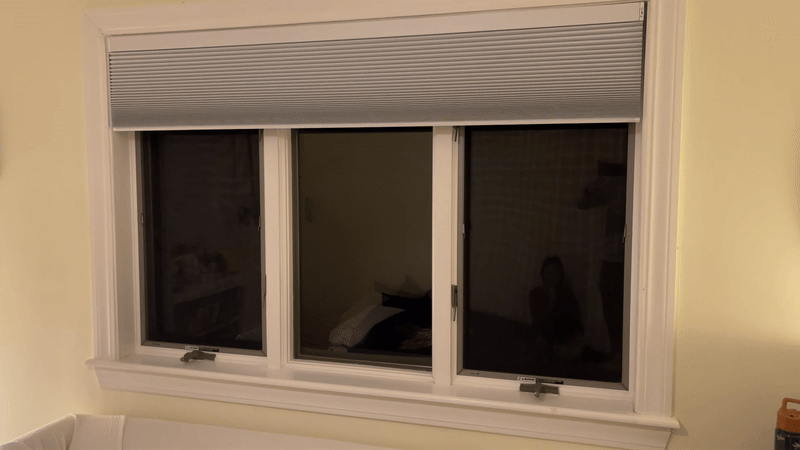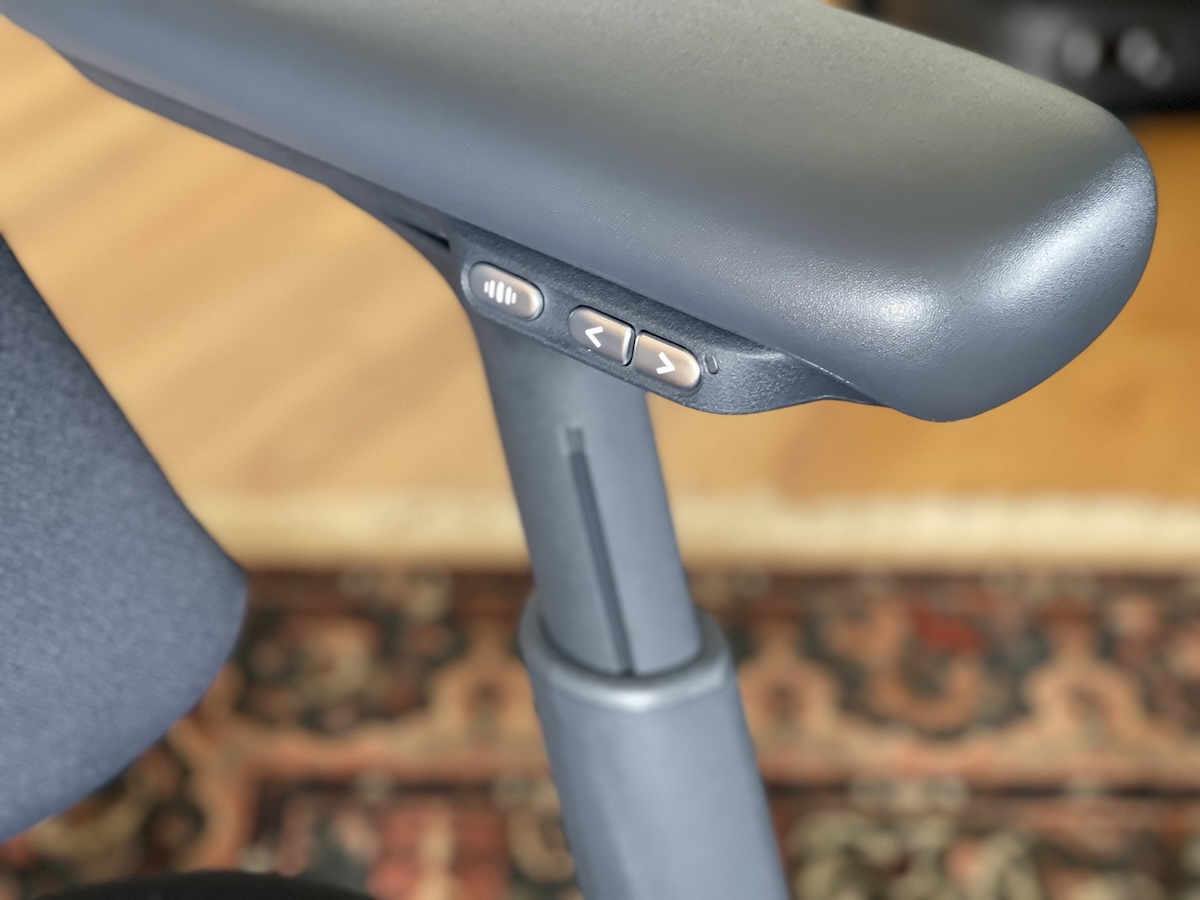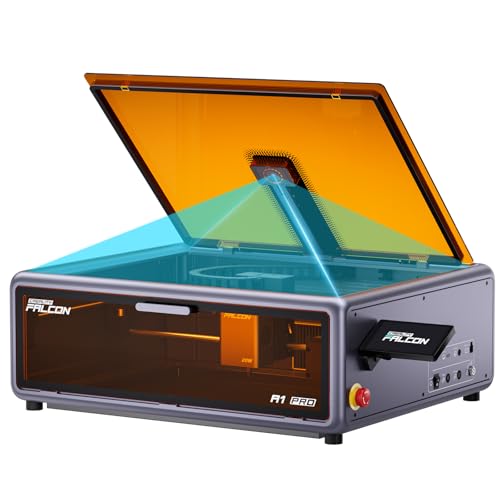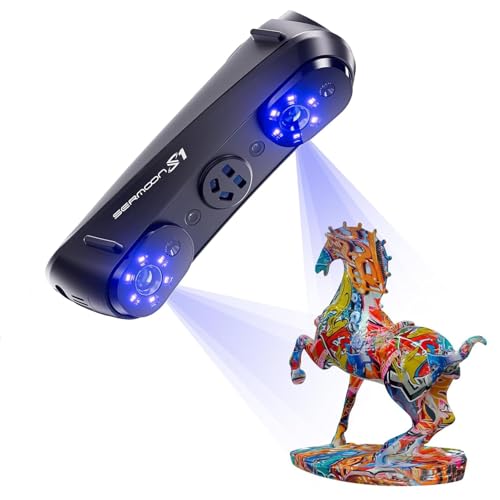Many backcountry adventurers shiver through nights despite trusting temperature ratings on their sleeping bags. Tests by outdoor reviewers suggest bags often underperform their ratings by 5-10 degrees. This isn’t just uncomfortable—it’s the difference between restful sleep and a night of jaw-clenching misery that leaves you depleted for tomorrow’s adventure.
The Myth of the Temperature Rating
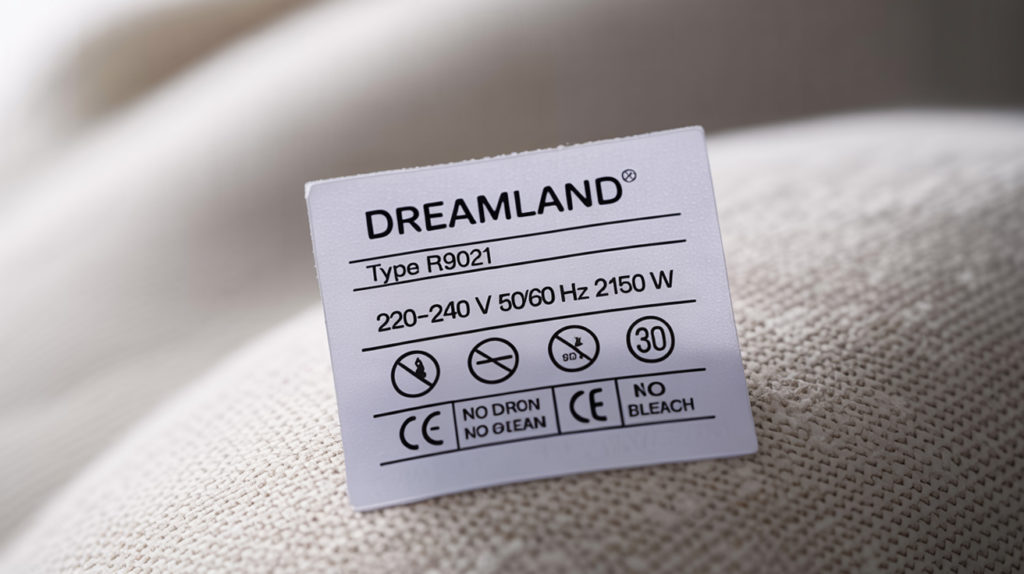
Those temperature ratings stamped on sleeping bags remind me of dating app profiles—technically accurate under perfect conditions that never exist. Manufacturers test on premium pads in labs, not on compressed pine needles. Your body dumps heat straight into the ground while moisture affects insulation power. The gap between lab ratings and wilderness reality can be substantial.
The Role of R-Value

R-value measures your sleeping pad’s resistance to cold transfer. Higher numbers mean better insulation. Official bag ratings assume you’re on a pad with R-value around 5. Using a lower R-value pad significantly reduces the effective temperature rating of your bag. Spring typically needs 2-3 R-value, three-season demands 3-5, and winter requires 5+.
Field Test in the Woods
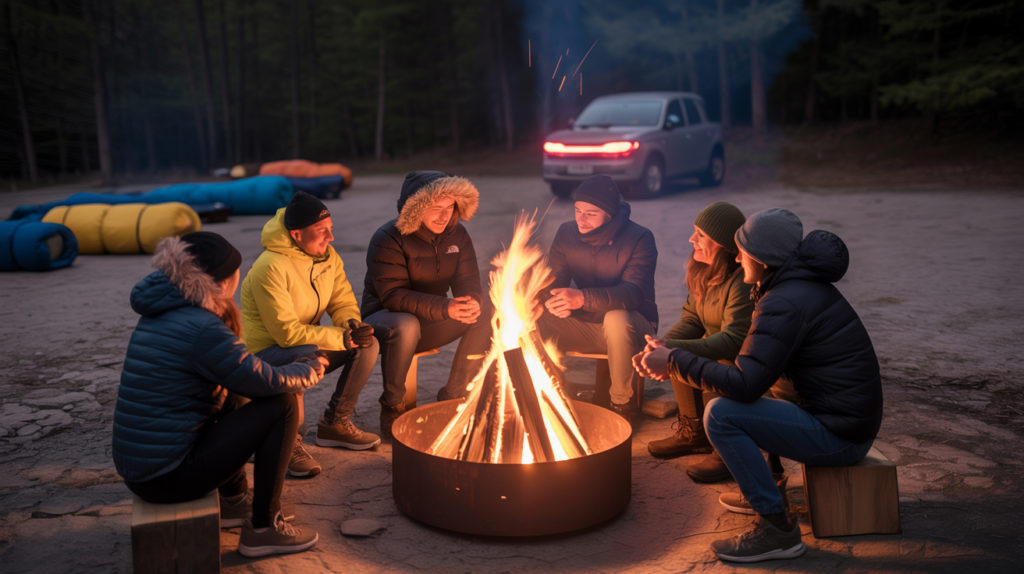
Outdoor reviewers have conducted tests with participants using identical bags in cold conditions, each with different pads ranging from minimal (R-value 1.1) to substantial (R-value 5.5). Results often show surprising individual variation. Cold sleepers may feel chilled while warm sleepers stay comfortable on identical setups. Base layers consistently outperform cotton. Personal metabolism significantly impacts perceived warmth.
Freezer Testing Inflatable Pads
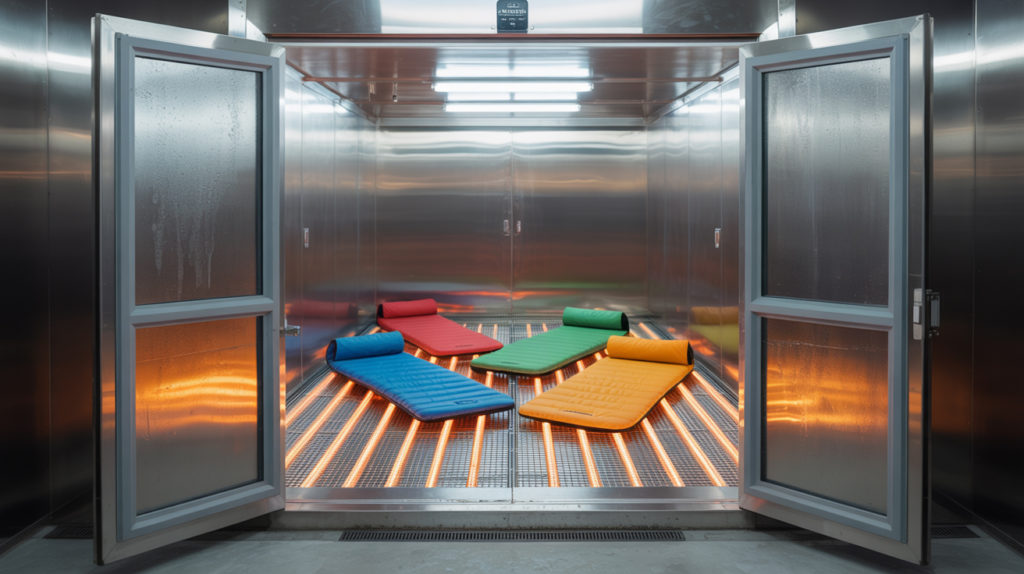
Gear testers have created rigs using heating elements to simulate body warmth in controlled cold environments. Results often show inflatables performing differently than their ratings might suggest. Meanwhile, basic closed-cell foam pads sometimes perform surprisingly well despite lower ratings. Lab results and field performance can differ considerably in extreme conditions.
Inadequate Sleeping Pad Rating

Industry standard tests place pads between temperature plates in room-temperature labs with edges exposed to warm air—conditions unlike actual field use. This approach may not fully represent performance of inflatables, which can lose heat through sidewalls in winter conditions. Some manufacturers are improving designs with reflective barriers and better baffling. Experts generally recommend choosing pads with higher R-values than you think necessary.
Practical Recommendations
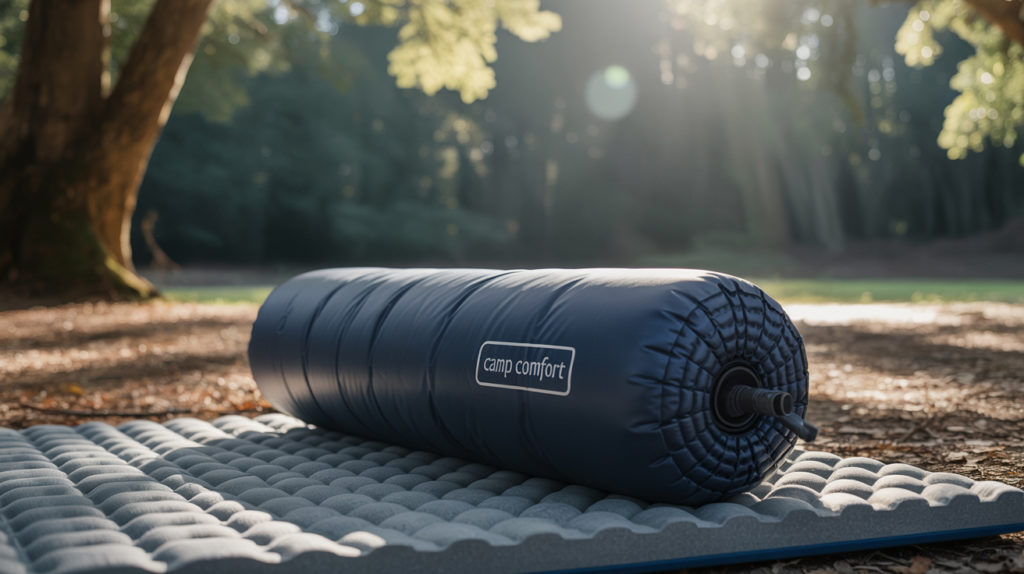
Approach sleep systems with thorough preparation. For three-season camping near freezing, consider pads with R-values of 4+. For winter, many experts recommend layering pads—foam under inflatable can enhance performance. The combination of bag and pad matters significantly. For budget adventurers, upgrading your pad often provides better temperature regulation per dollar than investing in more expensive bags.


